
A trilogy is often defined as a series of three books, plays or films that have the same subject or the same characters. But, for the T-Boy Society of Film, Travel & Music, film trilogies must absolutely include the same filmmaker allowing them to expand on their cinematic themes. Granted, an auteur’s filmography includes those very personal themes and visions throughout their entire body of work, but many directors, critics and film scholars often pinpoint three films that accent their themes.
At a recent T-Boy conference the following film trilogies were selected as among the best in the history of the cinema.
The links to director’s names and films courtesy of IMDB.com
Roberto Rossellini: The War Trilogy
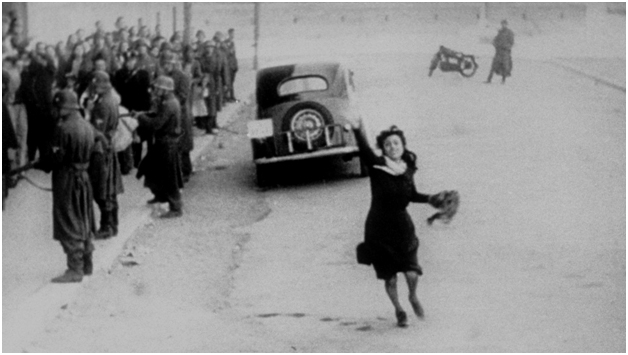
I try to capture reality, nothing else. – Roberto Rossellini
Roberto Rossellini’s War Trilogy
- Rome, Open City (1945)
- Paisan (1946)
- Germany Year Zero (1948)
Michelangelo Antonioni: Modernity and its Discontents Trilogy
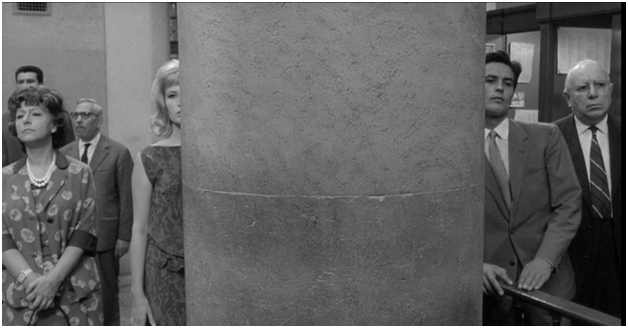
My work is like digging, it’s archaeological research among the arid materials of our times. – Michelangelo Antonioni
Michelangelo Antonioni’s Modernity and its Discontents Trilogy
- L’Avventura (1960)
- La Notte 1961
- L’Eclisse (1962)
John Ford: The Cavalry Trilogy
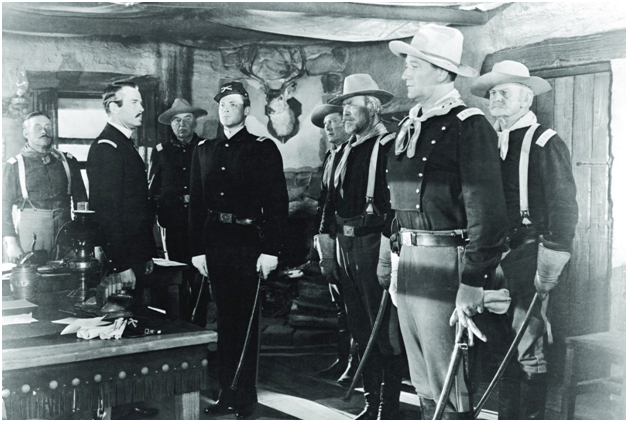
My name is John Ford and I make Westerns. – John Ford
John Ford’s Cavalry Trilogy
Satyajit Ray: The Apu Trilogy

Cinema’s characteristic forte is its ability to capture and communicate the intimacies of the human mind. – Satyajit Ray
Satyajit Ray’s Apu Thrilogy
- Pather Panchali (1955)
- Aparajito (1956)
- The World of Apu (1959)
Wim Wenders: The Road Trilogy
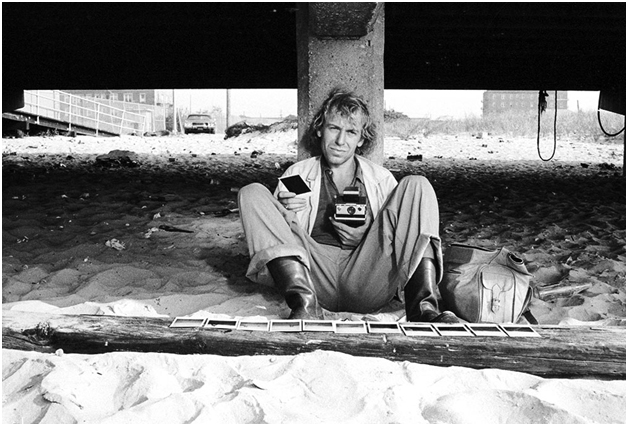
Sex and violence was never really my cup of tea; I was always more into sax and violins. – Wim Wenders
Wim Wender’s Road Trilogy
Alice in the Cities (1974)
Wrong Move (1975)
Kings of the Road (1976)
Fritz Lang: The Mabuse Trilogy
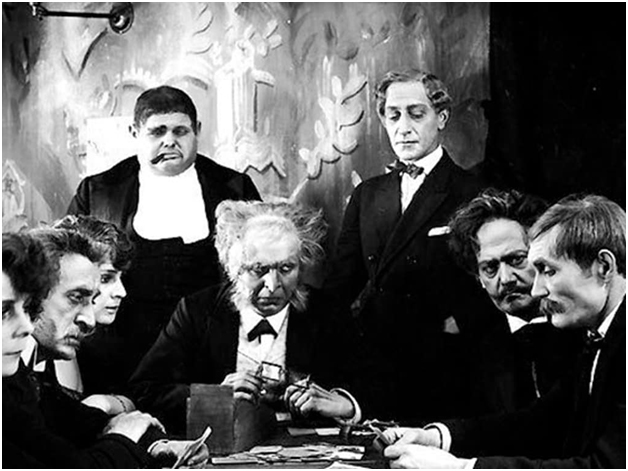
I am profoundly fascinated by cruelty, fear, horror and death. My films show my preoccupation with violence, the pathology of violence. – Fritz Lang
Fritz Lang’s Mabuse Trilogy
- Dr. Mabuse, the Gambler (1922)
- The Testament of Dr. Mabuse (1933)
- The Terror of Dr. Mabuse (1960)
George Stevens: The American Dream Trilogy
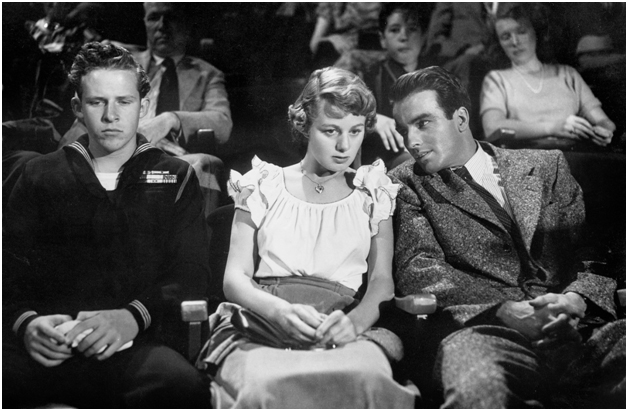
based on novel An American Tragedy by Theodore Dreiser.
The camera is not the instrument. People are always the instrument. – George Stevens
George Stevens’ American Dream Trilogy
- A Place in the Sun (1951)
- Shane (1953)
- Giant (1956)
Ingmar Bergman: Trilogy of Faith
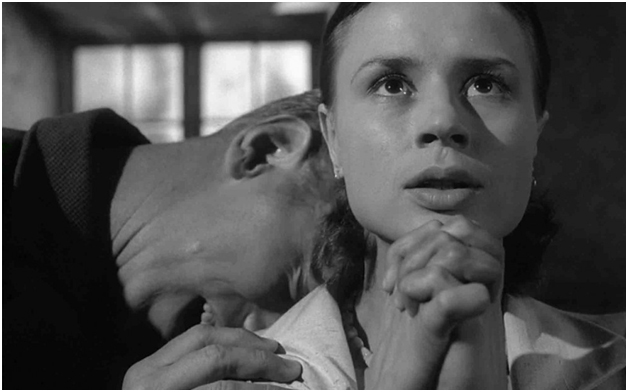
I write scripts to serve as skeletons awaiting the flesh and sinew of images.– Ingmar Bergman
Ingmar Bergman’s Trilogy of Faith
- Through a Glass Darkly (1961)
- Winter Light (1963)
- The Silence (1963)
Sergio Leone: The Dollars Trilogy
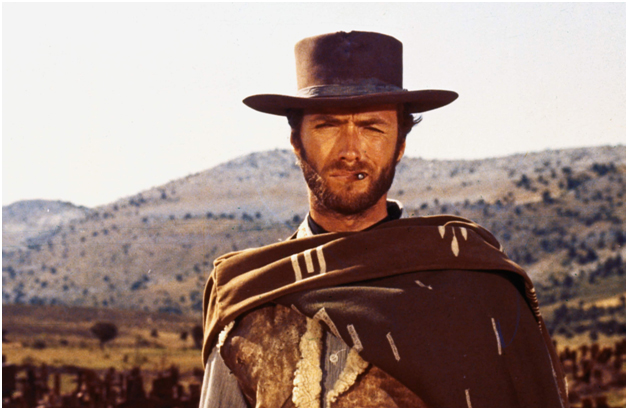
As an actor, Clint Eastwood has two expressions: with and without the hat. – Sergio Leone
Sergio Leone’s Dollars Trilogy
- A Fistful of Dollars (1964),
- For a Few Dollars More (1965)
- The Good, the Bad and the Ugly (1966)
Rainer Werner Fassbinder: The BDR Trilogy (Bundesrepublik Deutschland)
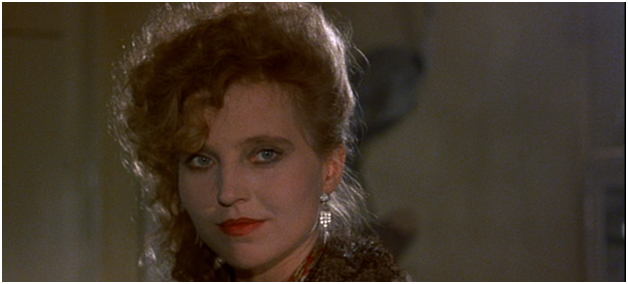
I hope to build a house with my films. Some of them are the cellar, some are the walls, and some are the windows. But I hope in time there will be a house. – Rainer Werner Fassbinder
Rainer Werner Fassbinder’s BDR Trilogy
- The Marriage of Maria Braun (1979)
- Lola (1981)
- Veronika Voss (1982)
Anthony Mann: Frontier Justice Trilogy
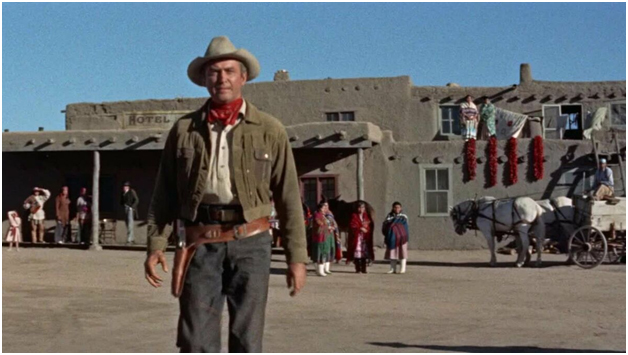
Geniuses sometimes end up very unhappy, without a penny. – Anthony Mann
Anthony Mann’s Frontier Justice Trilogy
- Winchester ’73 (1950)
- The Naked Spur (1953)
- The Man from Laramie (1955)
Alan J. Pakula: The Pakula Paranoid Trilogy
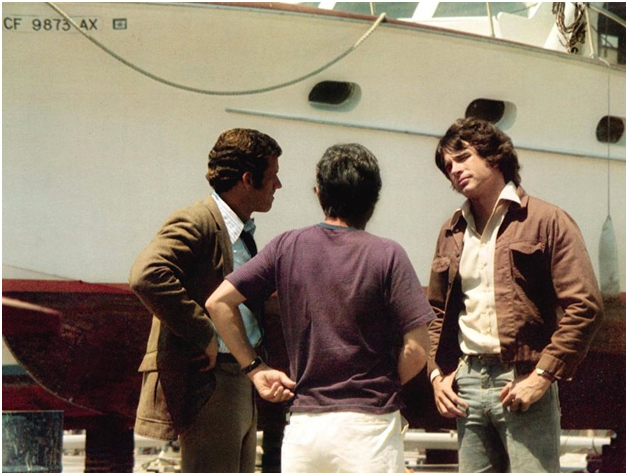
I am oblique, I think that has to do with my own nature. I like trying to do things which work on many levels, because I think it is terribly important to give an audience a lot of things they might not get as well as those they will, so that finally the film does take on a texture and is not just simplistic communication. — Alan J. Pakula
Alan J. Pakula’s Paranoid Trilogy
- Klute (1971)
- The Parallax View (1974)
- All the President’s Men (1976)
George Miller: The Mad Max Trilogy

Film is, to me, the trickster. I think I can be around a thousand years and never understand the process. – George Miller
George Miller’s Mad Max Trilogy
- Mad Max (1979)
- Mad Max 2 – The Road Warrior (1982)
- Mad Max: Fury Road (2015)
Mad Max Beyond Thunderdome (1985) is eliminated due to its co-directorial status with director George Ogolivie.
Krzysztof Kieślowski: Tree Colors Trilogy
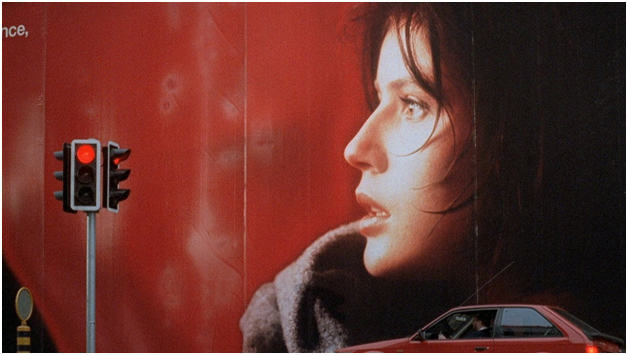
If I have a goal, then it is to escape from this literalism. I’ll never achieve it; in the same way that I’ll never manage to describe what really dwells within my character, although I keep on trying. – Krzysztof Kieślowski
Krzysztof Kieślowski’s Three Colors Trilogy
- Three Colors: Blue (1993)
- Three Colors: White (1994)
- Three Colors: Red (1994)
Nicolas Roeg: The Rock Star Trilogy
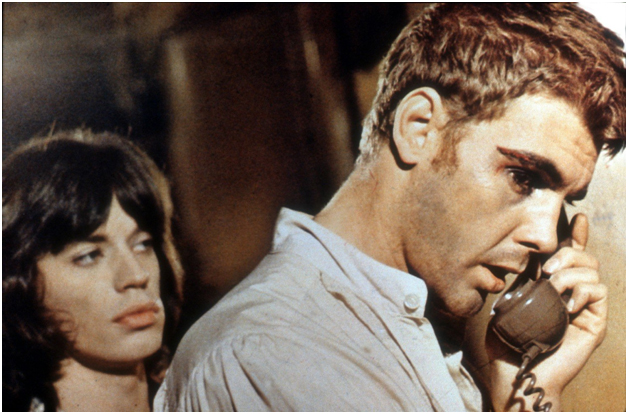
Movies are not scripts – movies are films; they’re not books, they’re not the theater. It’s a completely different discipline, it exists on its own. – Nicholas Roeg
Nicholas Roeg’s Rock Star Trilogy
- Performance – Written & co-directed by Donald Cammell (1970)
- The Man Who Fell to Earth ( 1976)
- Bad Timing: A Sensual Obsession (1980)
SPECIAL MENTION
William Wyler: The Pacifist Film Trilogy
Dedicated to John Hartl, former Seattle Times film critic, who coined the term.
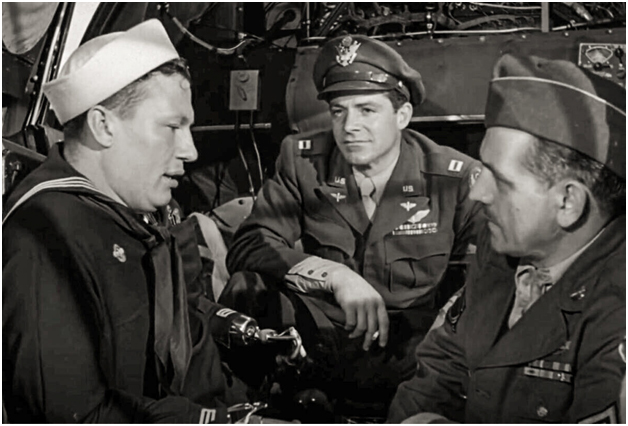
in Main Street, USA in The Best Years of Our Lives.
I’m here to make good pictures. If I don’t see it, I won’t touch it. I may not make a good picture, but I still gotta believe in it! – William Wyler
William Wyler’s Pacifist Film Trilogy
- The Best Years of Our Lives (1946)
- Friendly Persuasion (1956)
- Ben-Hur (1959)
In Memory: John Hartl
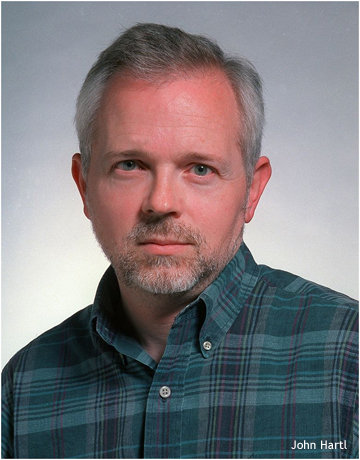
John Hartl was the Seattle Times film critic from 1966-2001. John died peacefully on the morning of June 3, 2022 at the Seattle home he shared with his husband, Michael Upchurch. A cinephile since his childhood in Wenatchee, WA, he would save money from his paper route to buy 8 mm films. He once invited me to his house for a screening of D.W. Griffith’s The Birth of the Nation; a film he adored for its form and innovations, well aware that cinema is a visual medium, not a literary one, corrupted by plot.
I’ll always remember John as a kind and thoughtful man, who never stopped loving the cinema, even when he walked away from the Times due to his disdain of corporate driven movies and hyperbolic marketing, where only the bottom line mattered. Near-criminal foolishness has always been a large part of this business, he wrote in his farewell piece. It’s the escalating hype surrounding the release of the junkiest stuff, the willingness of the press to play along, the lust to be ‘No. 1 in America’ on thousands of screens. Nevertheless, he was still committed to film as an art form, and would write freelance reviews and features until 2018.
John graciously appeared in my 1977 film, Seven Days in a Movie Town in an interview section discussing his insights on cinema. He never once commented on the poor film exposure in some of his footage that I shot. He was that kind of guy. John donated brain tissue to the UW for research into brain activity in the elderly, including those with dementia, in his final act of generosity.
– Ed Boitano, T-Boy Editor


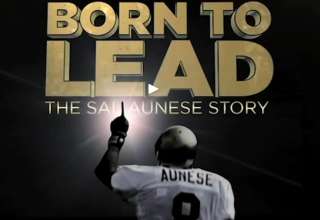


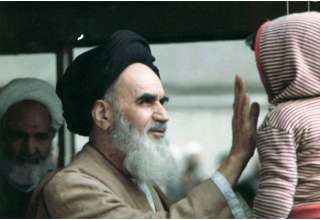


















Raoul
August 10, 2022 at 8:11 am
Surprised the Godfather wasn’t among the list.